Purulia and the work among Lepers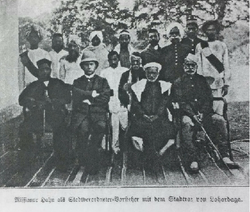 During our visit in Jharkhand we learned that our ancestor, Ferdinand Hahn, was well remembered in the region for his part in establishing the church and seminary, his civic engagement and advocacy for the people, and mostly for having written the grammar of Kurukh, the language of the Oraon tribe. The family spent 25 years in Lohardaga where Hahn lived so closely among the Oraon that he was able to compile the oral traditions and stoiries and begin tos translate the Bible into the native language. However for the last 10 years of his life he lived and worked in a predominantly Santal region of Purulia, which is now in West Bengal,1901-1915. The Gossner Mission in Chotanagpur had started a tribal church, schools and Leprosy Asylum in the mid 19th century. The work among the lepers in Purulia was started by a Heinrich Uffman and his wife Catherine. In around 1870 Purulia was a market crossroads. Where people would gather, lepers would gather. They were outcaste from society reduced to relying completely on alms for their livelihood. On market days they would be arrive from far and wide and line up along the side of the road, hoping for enough to sustain themselves. While they were a crowd of lepers, most of them sat in isolation even amongst each other. Showing their wounds aand deformaties in hopes of eliciting enough pity to be thrown a few small coins or crumbs. 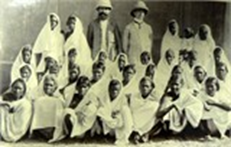 Touched by the overwhelming sight, Uffman ministered to them and welcomed them to stay on the grounds surrounding his house. His wife adapted some of the room into a make shift dispensary. They had received a large house for their residence that had been a Rajah's house. When the British took over the Rajah's territory they decided to give the house to the German missionaries. Soon the whole house was surrounded by a nearly 100 lepers. Such close proximity and contact resulted in their young daughter also succumbed to the disease. The local authorities complained that there were too many lepers living on the main road. So the settlement was moved a little down hill and near a talaab (washing pond). Other missionary homes were built along with a church. Eventually the Purulia Leprosy community had to be moved to the edge of town. Uffman secured land for subsistance farming and the community become completely self sufficient with it's own church. In 1888 they sought funds from the Leprosy Mission Society to start a new hospital. The community by then was 700 people and well organized as a small village. With separate care for non contaminated children and orphans. In 1900 Heinrich Uffman died. The work was taken over by Ferdinand and Doris Hahn, my greatx2 grandparents. They were asked to carry on the largest Leprosy Asylum in Asia, because of their experience doing something similar at a smaller scale in Lohardaga. 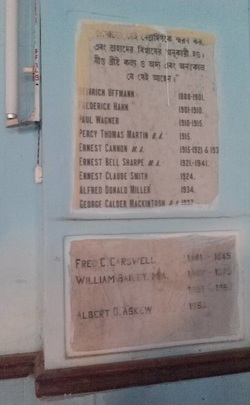 I visited Purulia with my father and cousin and a guide, the Professor of Bengali at the Gossner College. We found few in Purulia or the Gossner Evangelical Lutheran Church (GEL) remember this beginning history of the Leprosy Mission. Even the plaque on the church next to the Leprosy Hospital had Ferdinand's name written incorrectly. Much of this is due to the fact that in WWI the leprosy mission work was handed over to the Anglican Church and the Mission to Lepers (based in Scotland). The self-sufficiency of the community of Lepers made it possible for the community to survive on its own independent of the church. Still we were able to see the big bungalow, still called Uffman house, but the other mission homes had been torn down. Ferdinand died in 1910 and the work was carried out by his son in law Paul Wagner. In 1915 the Germans were expelled from British India and the LMS took over all the work of the hospital. The "asylum" continued on independently. When a cure for Leprosy was discovered the need became much less. Still today people do not seek treatment till well after their bodies are deformed. They continue to be outcastes of society. Now, we were told at the hospital they live in self sufficient communities around the edge of Purulia, based on the model begun by Uffman in the 19th century. 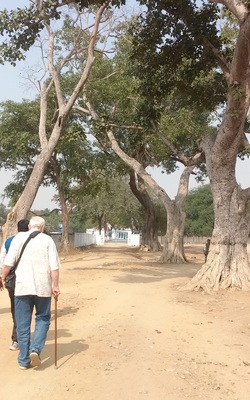 I wish some of these old trees could talk and tell us more about the history that passed under their limbs I wish some of these old trees could talk and tell us more about the history that passed under their limbs Both the Uffman and Hahn widows, Catherine and Doris continue on in Purulia after their husband's died. To me this indicated that they were more involved in the running of the mission than anyone has ever recognized. I wanted to share a brief description from Doris' Diary (translated By Ilse Nottrott Peetz) of where they stayed in Purulia. As I was finding the spot in the Diary i discovered that it was April 12th, 1910 that Ferdinand left Purulia and Chotanagpur for the last time. He was ill and went to Mussoorie to recuperate, but instead died there, far from his people, family and home in Chotanagpur. It was 106 years ago when things, not just for the Hahn family, but for the Mission started to unravel. What would come out of the following difficult years for the Gossner Mission would eventually lead to the authonomy of the Adivasi church. In the transition there was much "forgetting" and yet the seeds of remembrance are sprouting again. People are interested in their history. They recognize that a legacy was passed on to them through men like Ferdinand Hahn. The stories, including this one I tell, are beginning again to be told The houses that Doris mentions below are the "big House", the "police bangalow" may be same as the "red bangalow" (we saw the site which is now just rubble). The only problem is that there is no evidence of elevation nor a pipal tree. Perhaps there is yet another house I did not find, or in the course of history even the landscape is altered. None of the grounds are kept today in the same fastideous manner the old missionaries kept their homes, walkways and gardens.To imagine those days in the early 20th century takes imagination. She wrote: "All together, we celebrated a very happy Christmas (1908) in the large house in Purulia. Soon after New Years, Wagners moved into the red bungalow which the Wenzlaffs had vacated in order to move to Lobardaga. Sister Marie lived in the small house at the lake where Beckmann’s had lived earlier." And, "At the end of May(1909) Paul (son-in-law) let us know by chance that the physician in Purulia had declared that Mariechen’s lungs were affected. Even then, we did not understand it as the beginning of the consumption. Only when we returned to Purulia in July and witnessed her breakdown, her deep suffering became clear to us, and also that something radical had to be done for her health. First we managed the move. We moved into the so-called Police Bungalow which had been renovated recently and stood at the quiet, separate south corner of the Mission compound, and Wagners moved into the large house close to the church. So it was convenient for our respective work. Paul was close to school and church, and father, who had given up congregational work and wanted to concentrate on his Secretarial (for Gossner Mission) and Asylum work, had it quieter. How pleasant and homey it was for us in this dear “senior home”, which seemed to be a better place to be in its elevated position under the large, glorious pipal trees and more healthful than those of the other missionaries in Purulia. Father recovered here more and more from his cough and was rather well, even into the cold season."
0 Comments
Leave a Reply. |
Mary GirardI will be traveling and visiting India, with my Father. Our primary destination in India is Ranchi, Jharkhand. We will also visit other towns and cities in that north-eastern region as well as other places in India. Archives
May 2016
Categories |
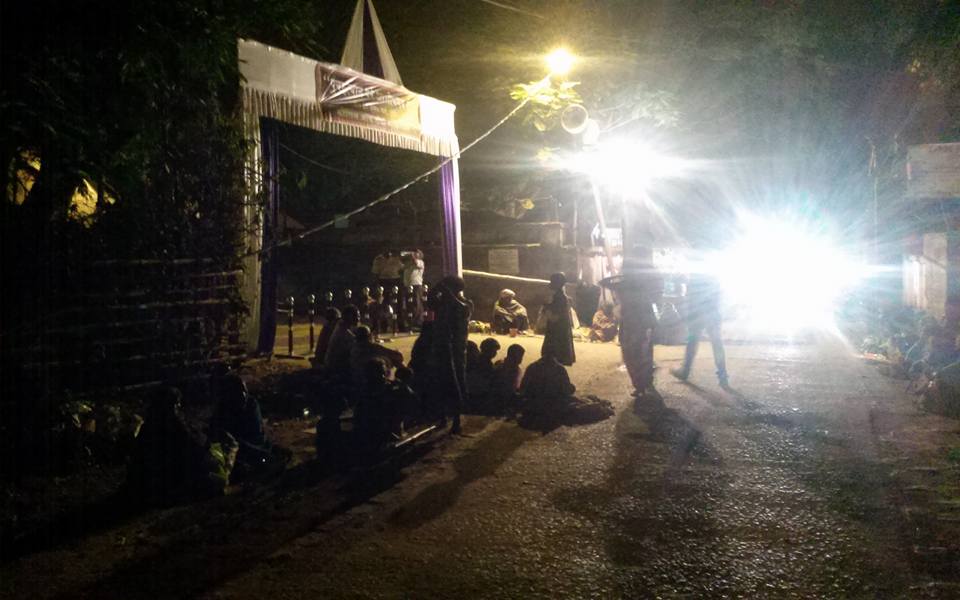
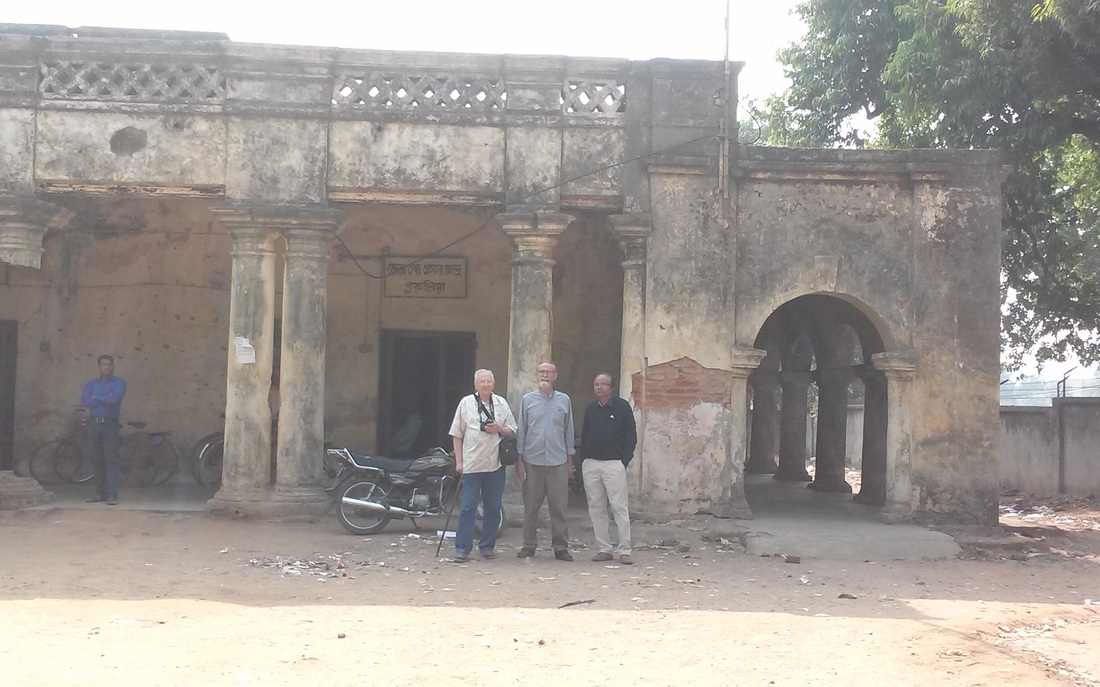
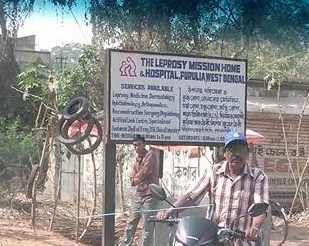
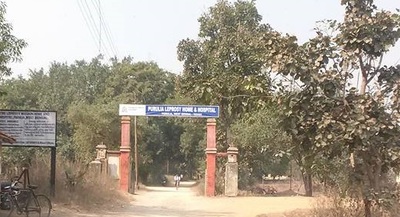
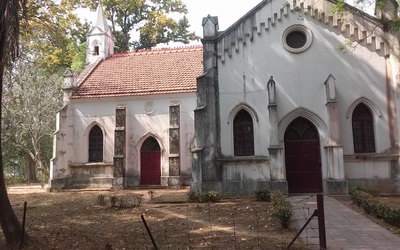
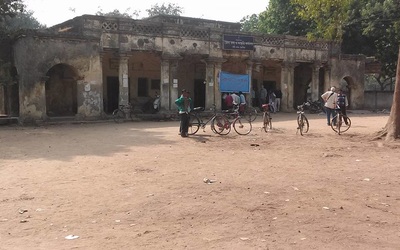
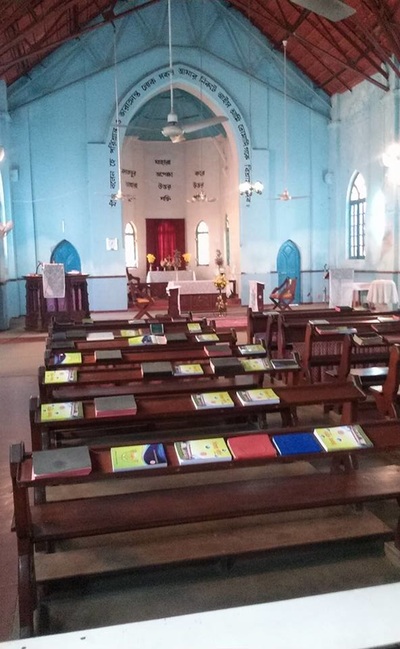
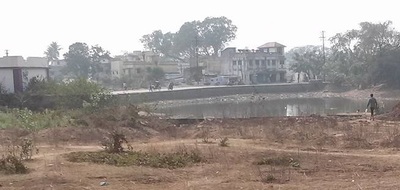
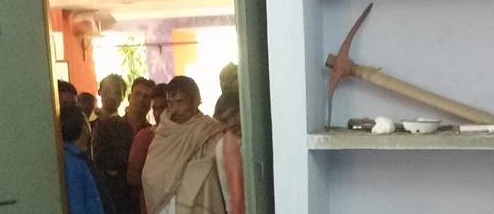
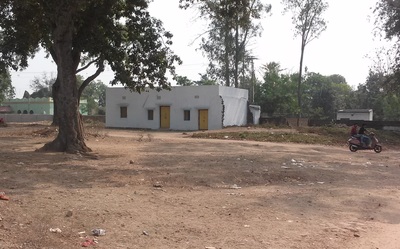
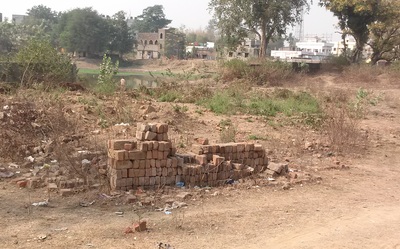
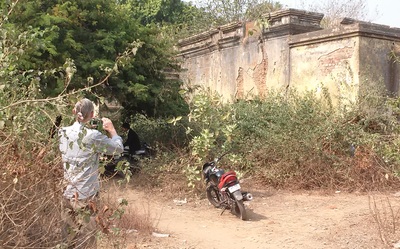
 RSS Feed
RSS Feed